Search
Items tagged with: GoddardSpaceFlightCenter

NASA, Blue Origin Invite Media to New Glenn Launch of Mars Mission - NASA
NASA and Blue Origin are preparing for the agency’s ESCAPADE (Escape and Plasma Acceleration and Dynamics Explorers) mission, which begins on the inauguralNASA
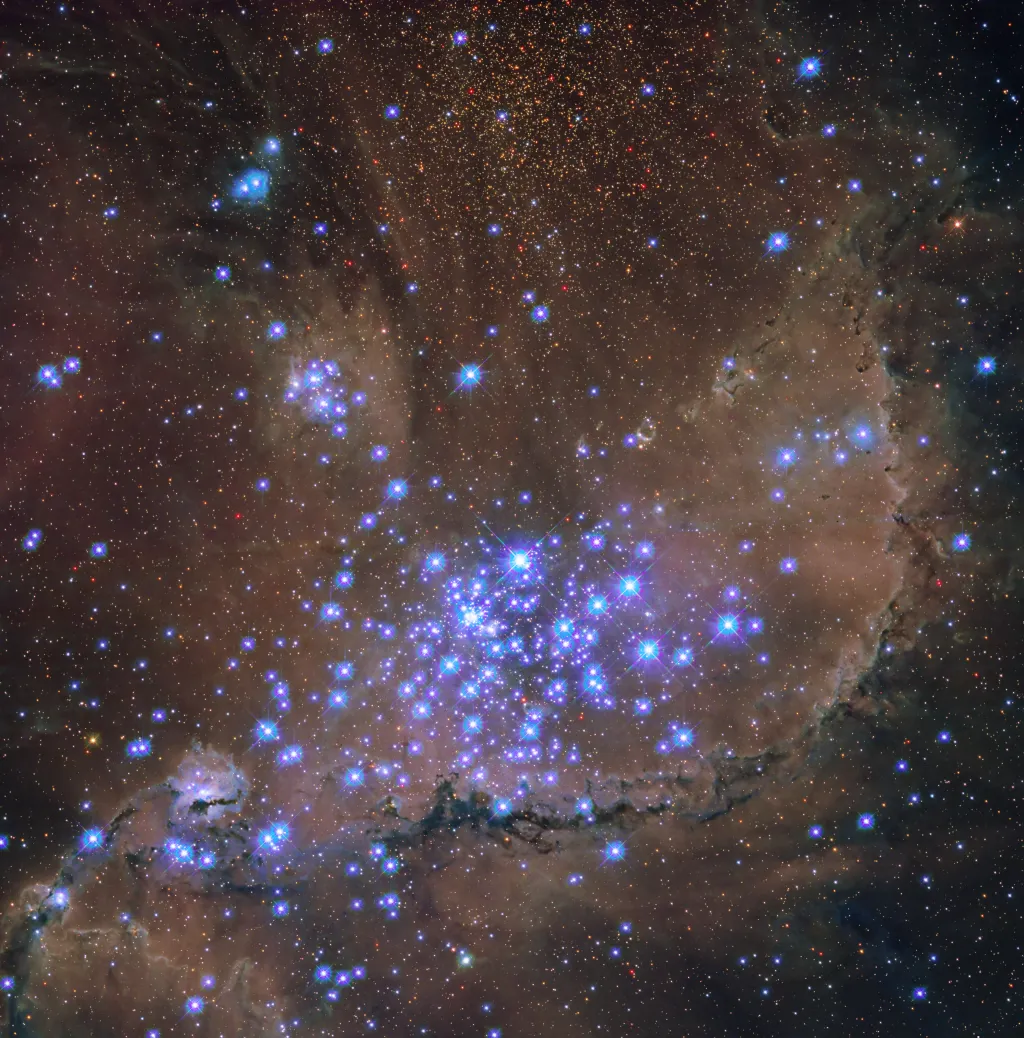
Hubble Captures Unique Ultraviolet View of a Spectacular Star Cluster - NASA Science
Roughly 210,000 light-years away, the Small Magellanic Cloud (SMC) is one of our Milky Way galaxy’s closest neighbors. In fact, this small galaxy is one of the Milky Way’s “satellite” galaxies, which orbit our home spiral galaxy.science.nasa.gov
Solar Panels for NASA’s Roman Space Telescope Pass Key Tests - NASA
NASA’s Nancy Grace Roman Space Telescope’s Solar Array Sun Shield has successfully completed recent tests, signaling that the assembly is on track to beAshley Balzer (NASA)

Webb Finds Early Galaxies Weren’t Too Big for Their Britches After All - NASA Science
It got called the crisis in cosmology. But now astronomers can explain some surprising recent discoveries.science.nasa.gov
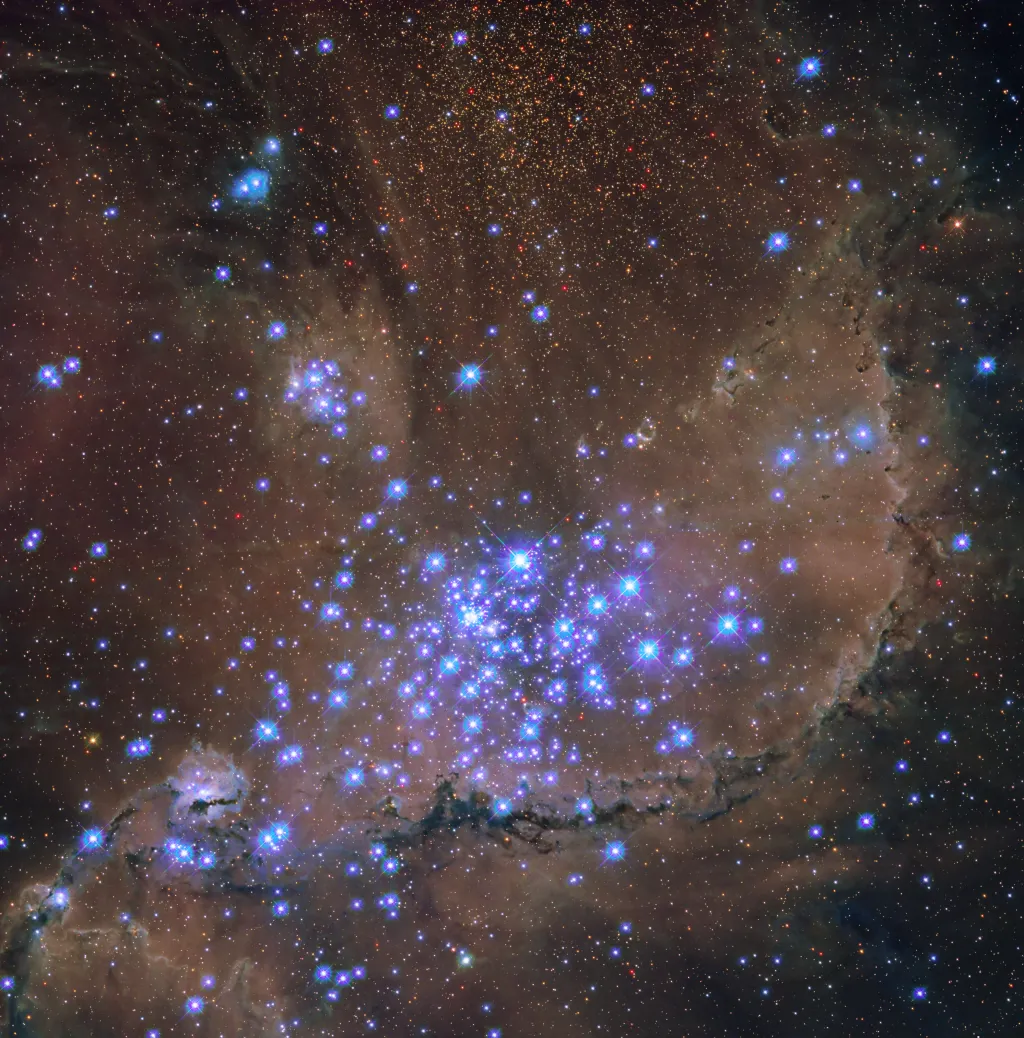
Hubble Captures Unique Ultraviolet View of a Spectacular Star Cluster - NASA Science
Roughly 210,000 light-years away, the Small Magellanic Cloud (SMC) is one of our Milky Way galaxy’s closest neighbors. In fact, this small galaxy is one of the Milky Way’s “satellite” galaxies, which orbit our home spiral galaxy.science.nasa.gov
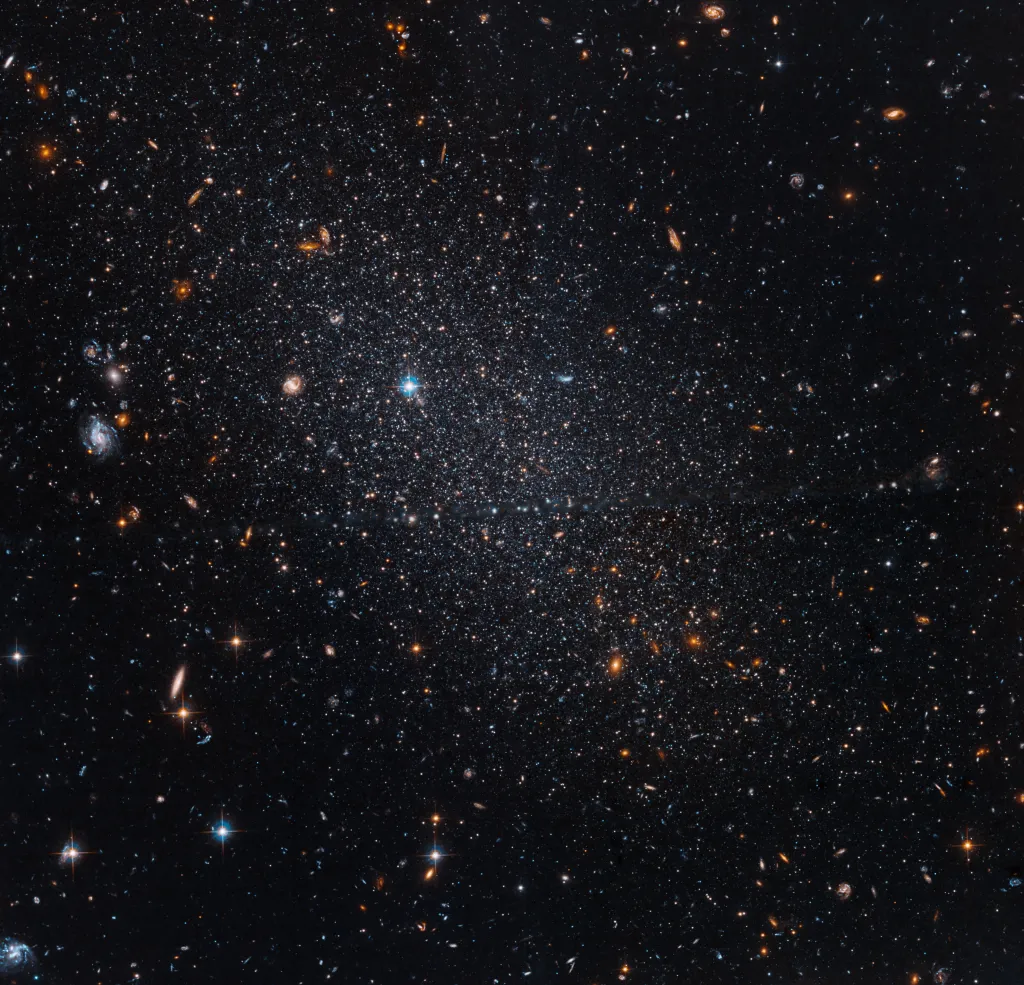
Hubble Reaches a Lonely Light in the Dark - NASA Science
A splatter of stars glows faintly at almost 3 million light-years away in this new image from NASA’s Hubble Space Telescope.science.nasa.gov
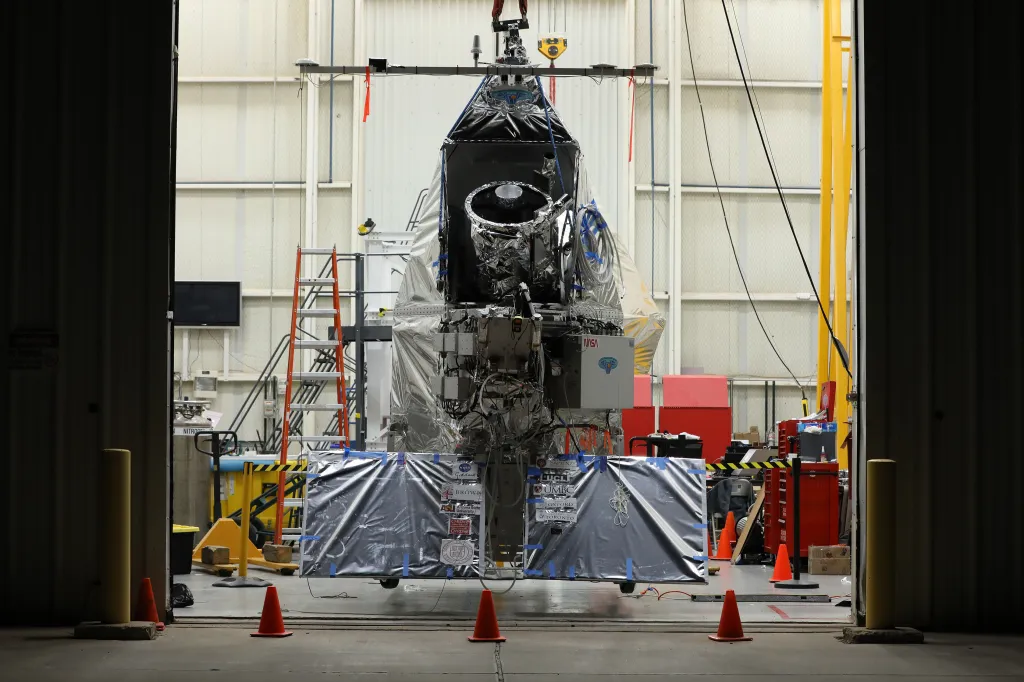
NASA’s EXCITE Mission Prepared for Scientific Balloon Flight - NASA Science
Scientists and engineers are ready to fly an infrared mission called EXCITE (EXoplanet Climate Infrared TElescope) to the edge of space.science.nasa.gov
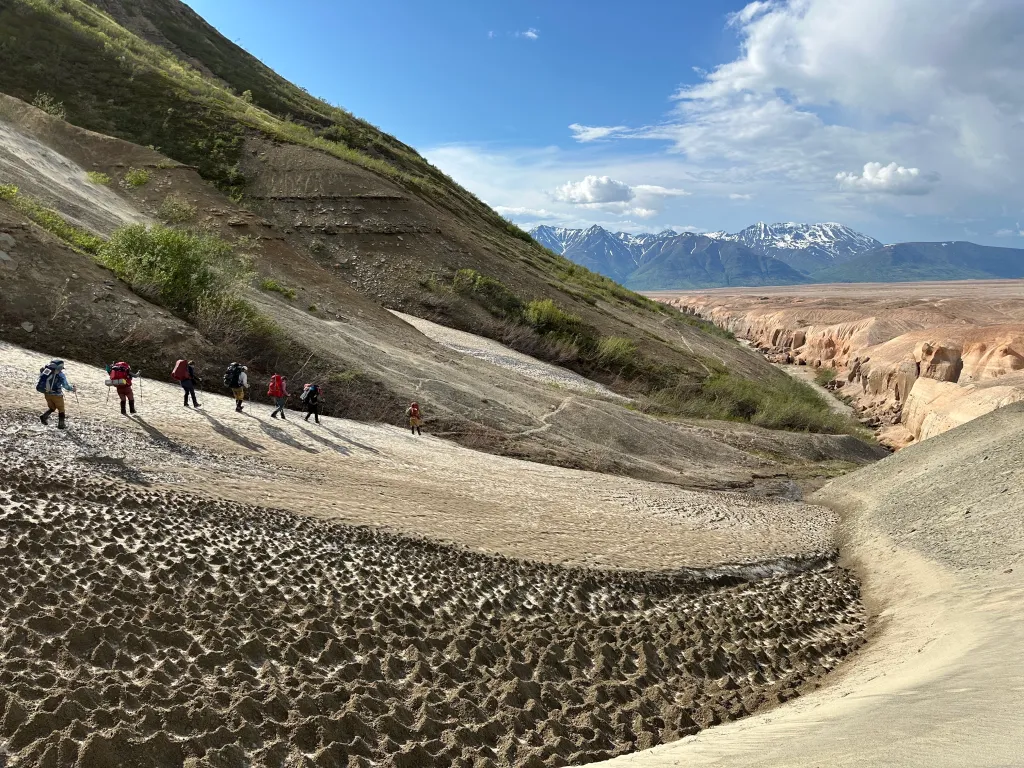
NASA Field Research: Valley of Ten Thousand Smokes - NASA Science
To better understand Mars, NASA's Goddard Instrument Field Team headed deep into the backcountry of Katmai National Park.science.nasa.gov
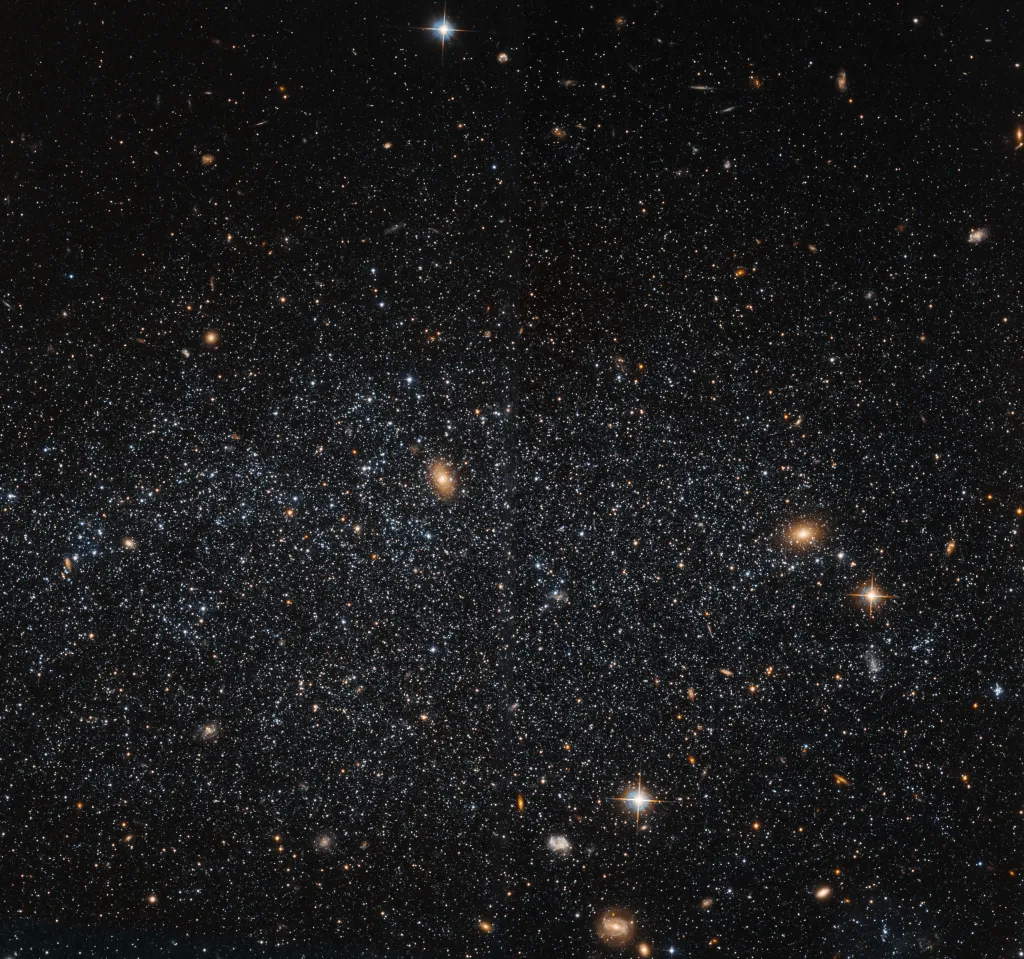
Hubble Finds Structure in an Unstructured Galaxy - NASA Science
This NASA Hubble Space Telescope image features the nearby dwarf irregular galaxy Leo A, located some 2.6 million light-years away.science.nasa.gov

How Students Learn to Fly NASA’s IXPE Spacecraft - NASA Science
The large wall monitor displaying a countdown shows 17 seconds when Amelia “Mia” De Herrera-Schnering tells her teammates “We have AOS,” meaning “acquisition of signal.” “Copy that, thank you,” Alexander Pichler replies.science.nasa.gov

Hubble Peers Into the Center of a Star-forming Powerhouse - NASA Science
This view from NASA’s Hubble Space Telescope plunges into the center of spiral galaxy Messier 33 (M33), also known as the Triangulum Galaxy.science.nasa.gov
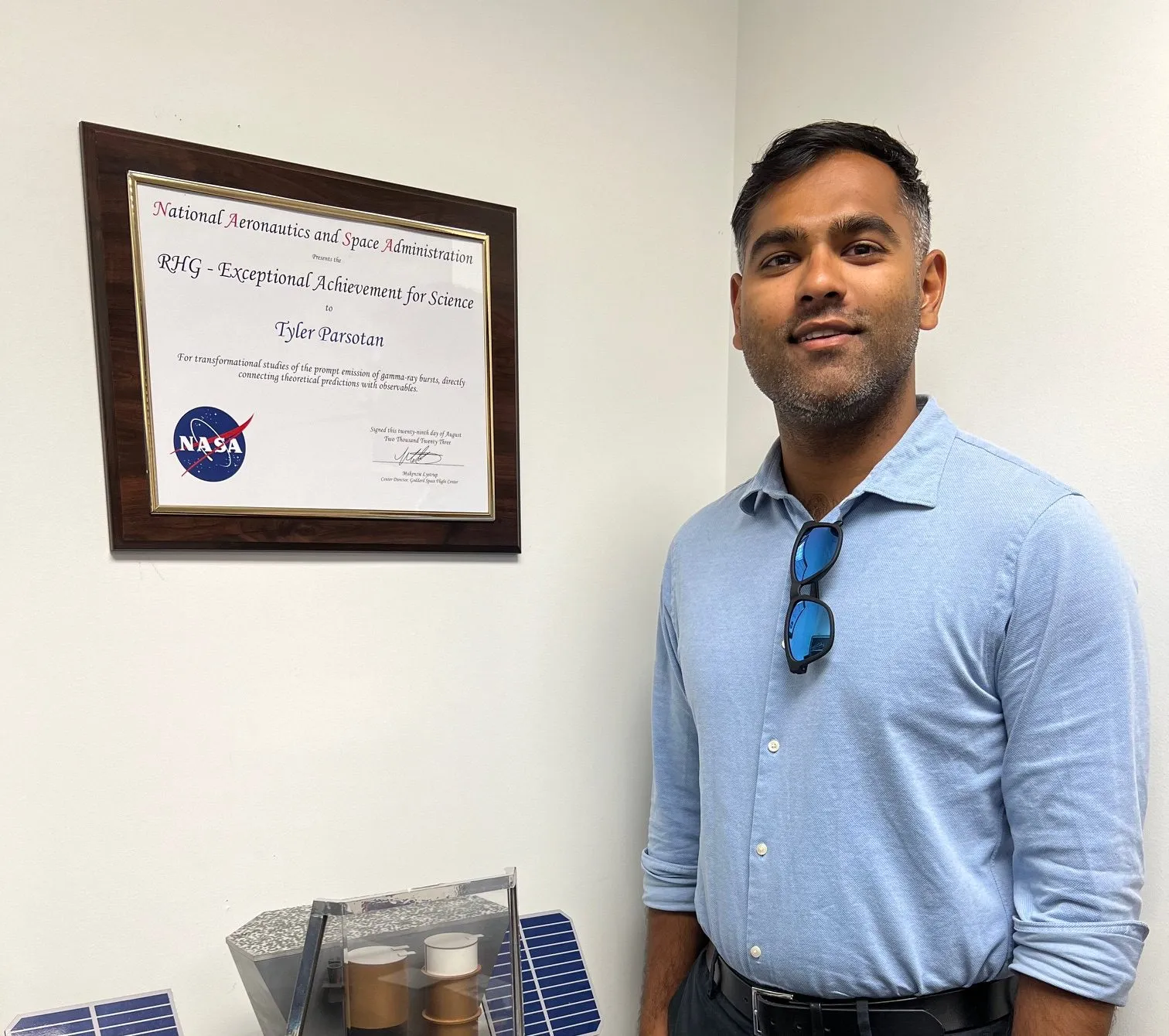
Tyler Parsotan Takes a Long Look at the Transient Universe with NASA’s Swift - NASA
Through a nonlinear path to success, research astrophysicist Tyler Parsotan discovers transformational science using Swift’s observations.Madison Olson (NASA)
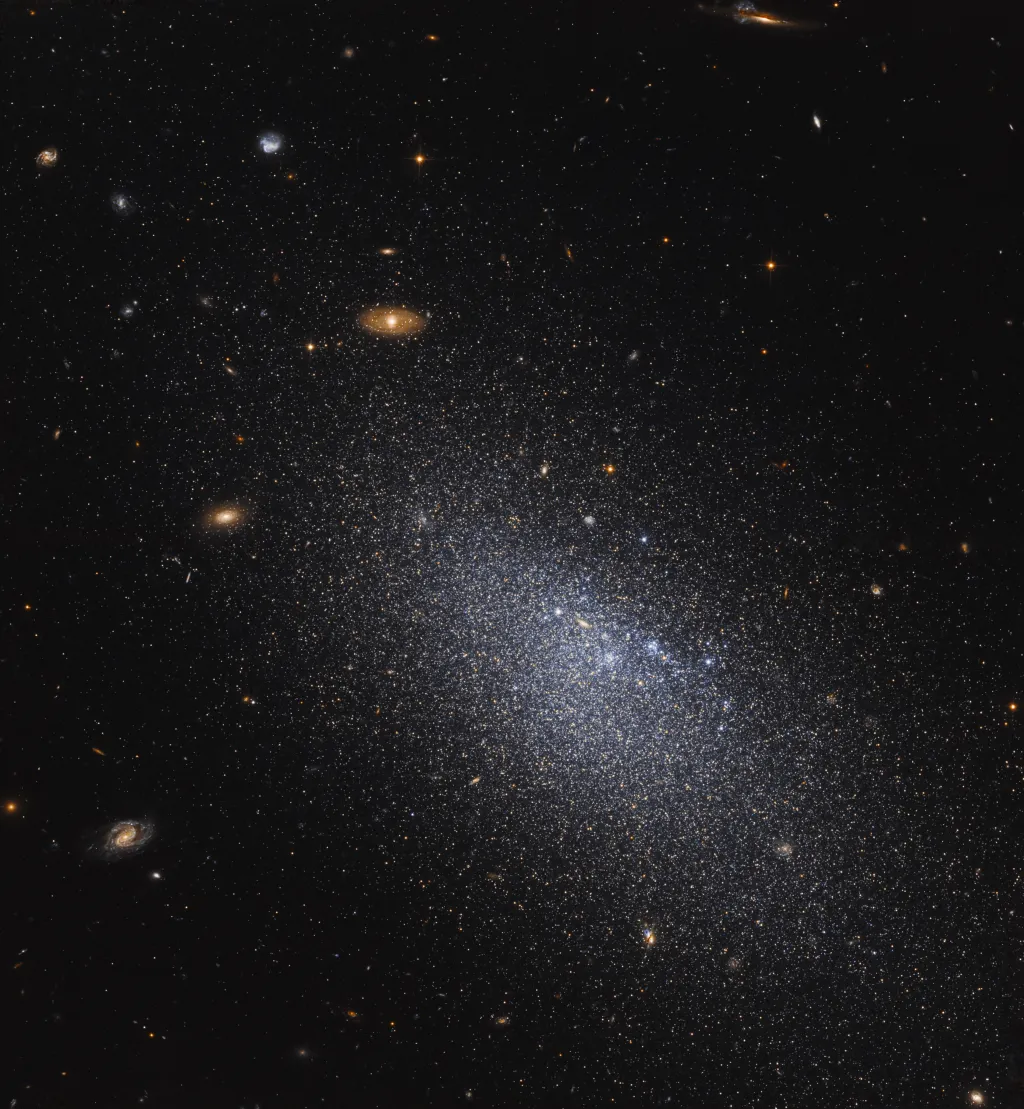
Hubble Examines a Possible Relic - NASA Science
This NASA Hubble Space Telescope image captures the dwarf irregular galaxy UGC 4879 or VV124. As this image illustrates, Hubble’s high resolution can detect individual stars, even in the densest parts of the galaxy.science.nasa.gov
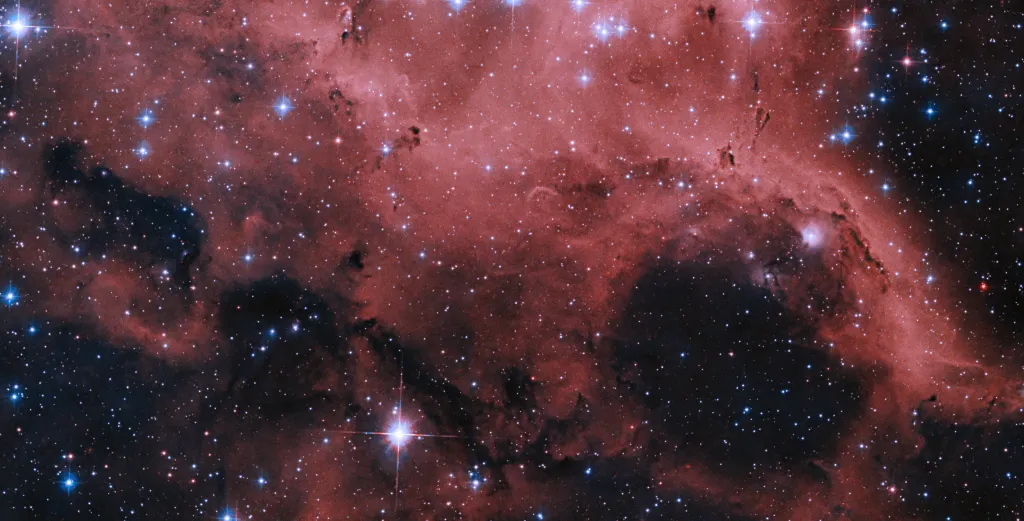
Hubble Spots Billowing Bubbles of Stellar Floss - NASA Science
A bubbling region of stars both old and new lies some 160,000 light-years away in the constellation Dorado.science.nasa.gov
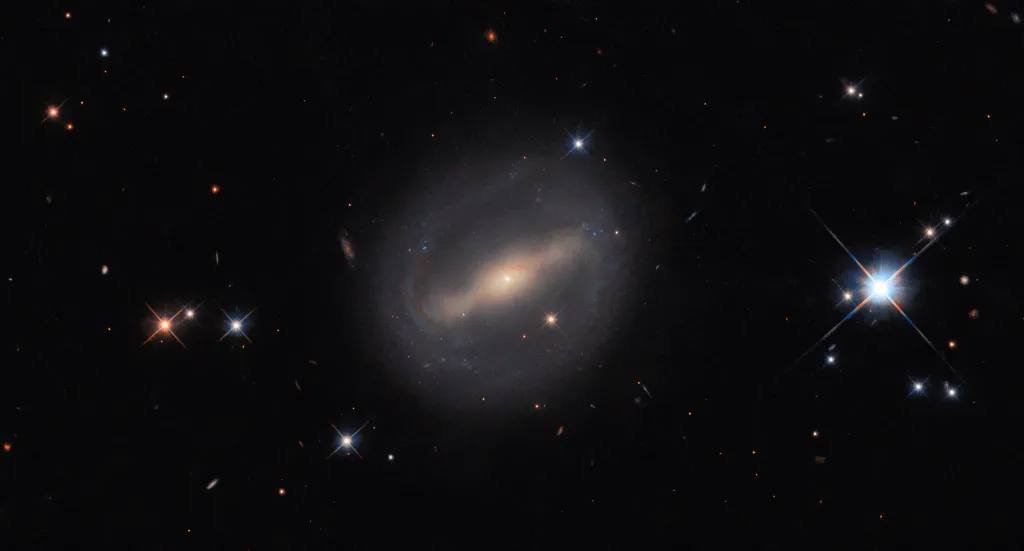
Hubble Rings in a New Galactic View - NASA Science
The subject of this NASA/ESA Hubble Space Telescope image is situated in the Perseus Cluster, also known as Abell 426, 320 million light-years from Earth.science.nasa.gov
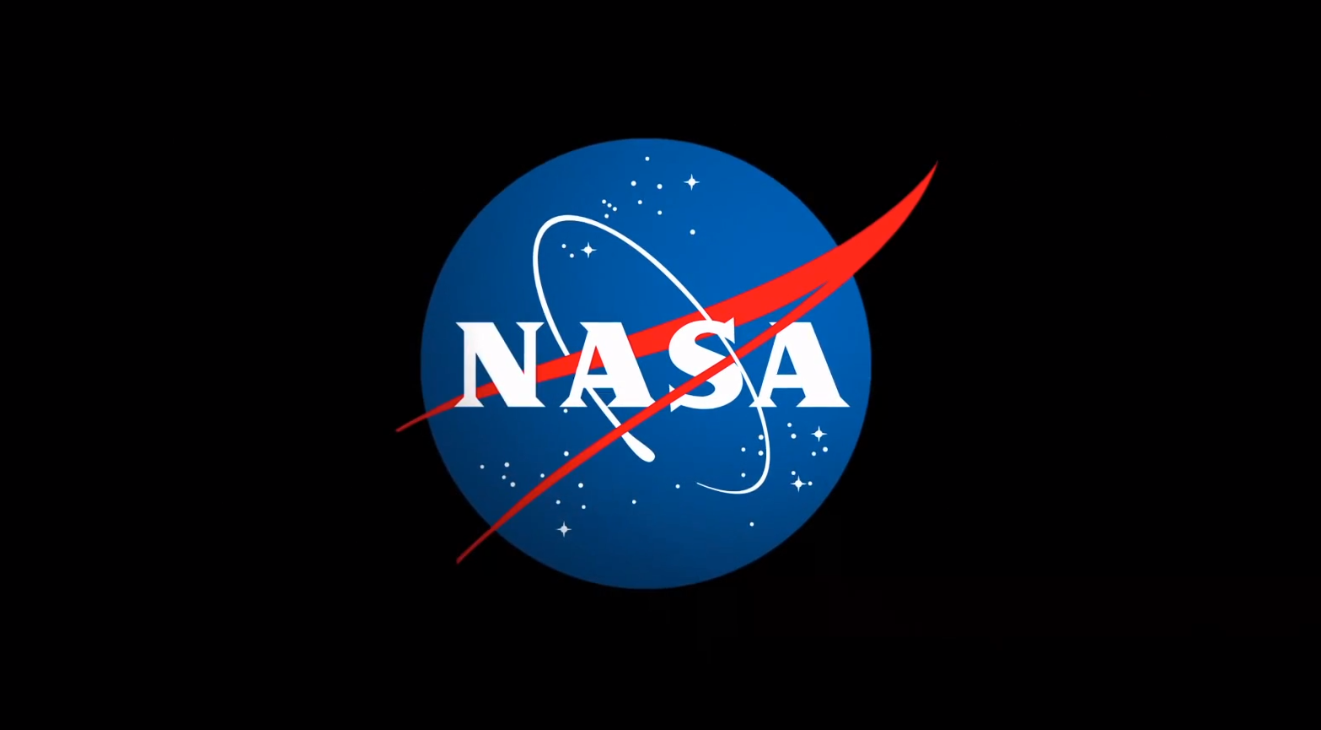
NASA Funds Research Projects Advancing STEM Career Development - NASA
NASA has awarded $6 million to 20 teams from emerging research institutions across the United States supporting projects that offer career developmentNASA
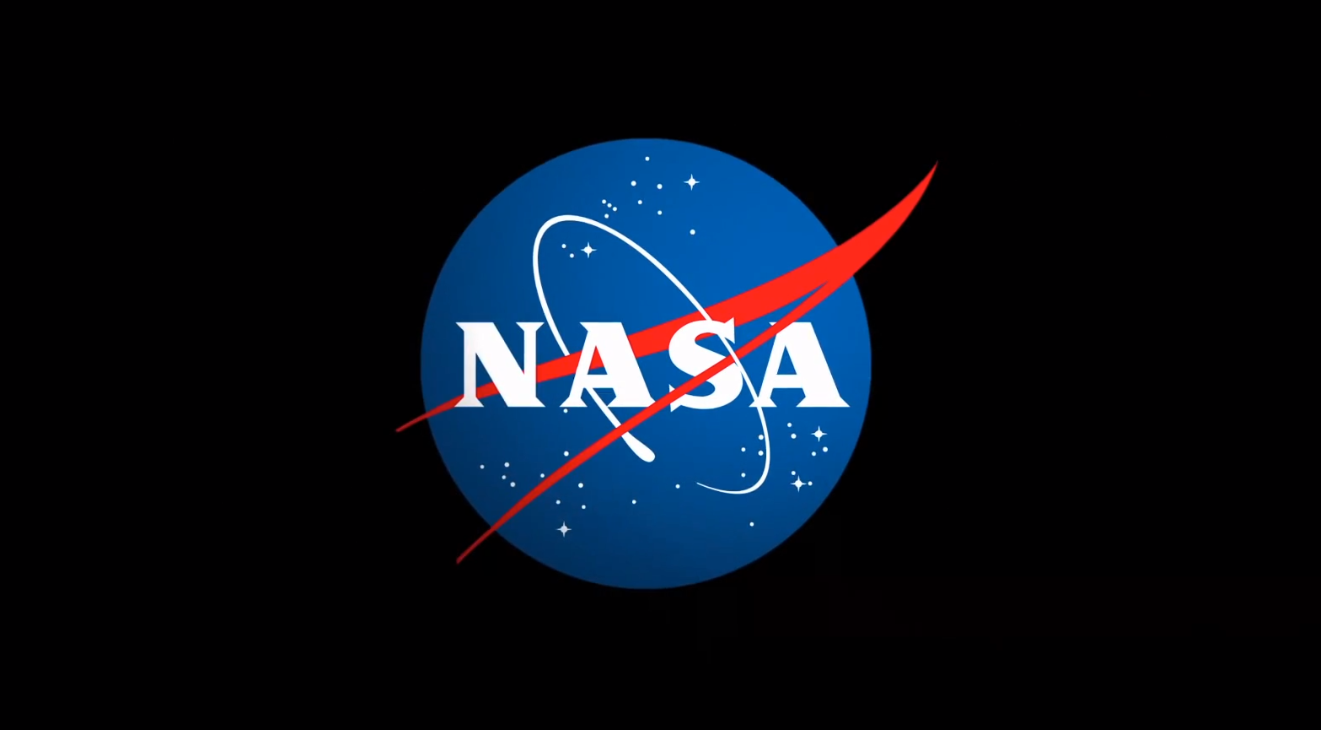
NASA Funds Research Projects Advancing STEM Career Development - NASA
NASA has awarded $6 million to 20 teams from emerging research institutions across the United States supporting projects that offer career developmentNASA
Primary Instrument for Roman Space Telescope Arrives at NASA Goddard - NASA
The primary instrument for NASA’s Nancy Grace Roman Space Telescope is a sophisticated camera that will survey the cosmos from the outskirts of our solarAshley Balzer (NASA)
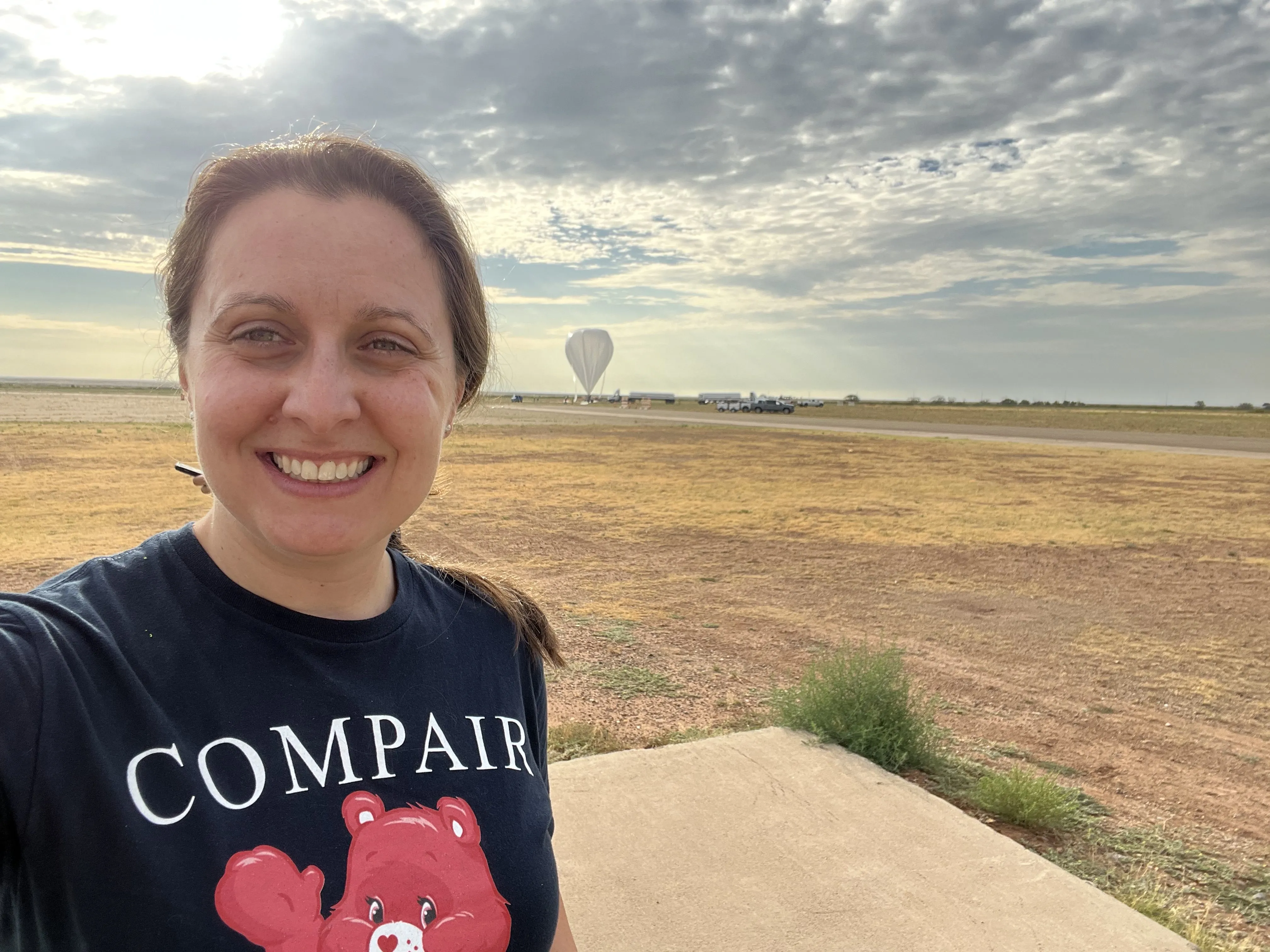
Regina Caputo Charts the Future of High-Energy Astrophysics - NASA
Research astrophysicist Regina Caputo puzzles out how the universe works by studying the most extreme events in the cosmos.Madison Olson (NASA)
NASA Tests Deployment of Roman Space Telescope's 'Visor' - NASA
The "visor" for NASA’s Nancy Grace Roman Space Telescope recently completed several environmental tests simulating the conditions it will experience duringAshley Balzer (NASA)

Hubble Spotlights a Supernova - NASA Science
This NASA/ESA Hubble Space Telescope image features the galaxy LEDA 857074, located in the constellation Eridanus. LEDA 857074 is a barred spiral galaxy, with partially broken spiral arms.science.nasa.gov
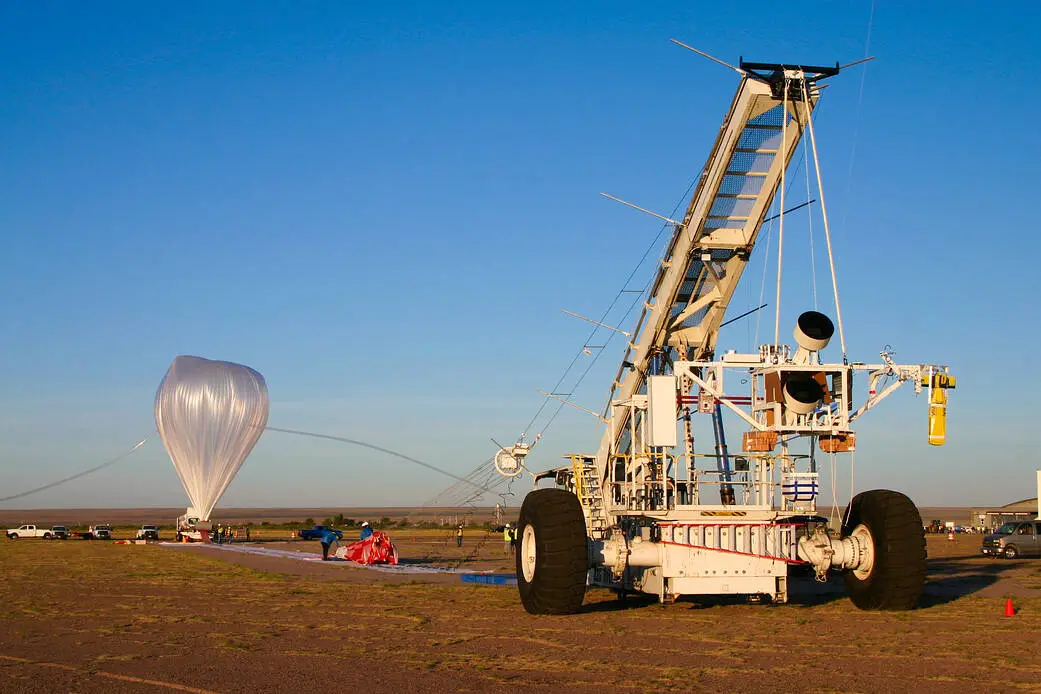
NASA to Launch 8 Scientific Balloons From New Mexico - NASA
NASA’s Wallops Flight Facility in Virginia manages the agency’s scientific balloon flight program with 10 to 15 flights each year from launch sitesOlivia F. Littleton (NASA)
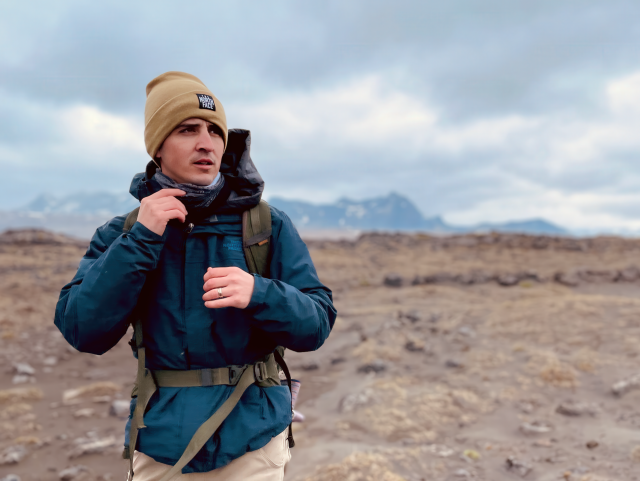
Sedimentary and Planetary Geologist Dr. Michael Thorpe - NASA
“I didn't always grow up knowing that I was going to be working for NASA. It was just the way my life unfolded, and I couldn't be more grateful and lucky toNASA
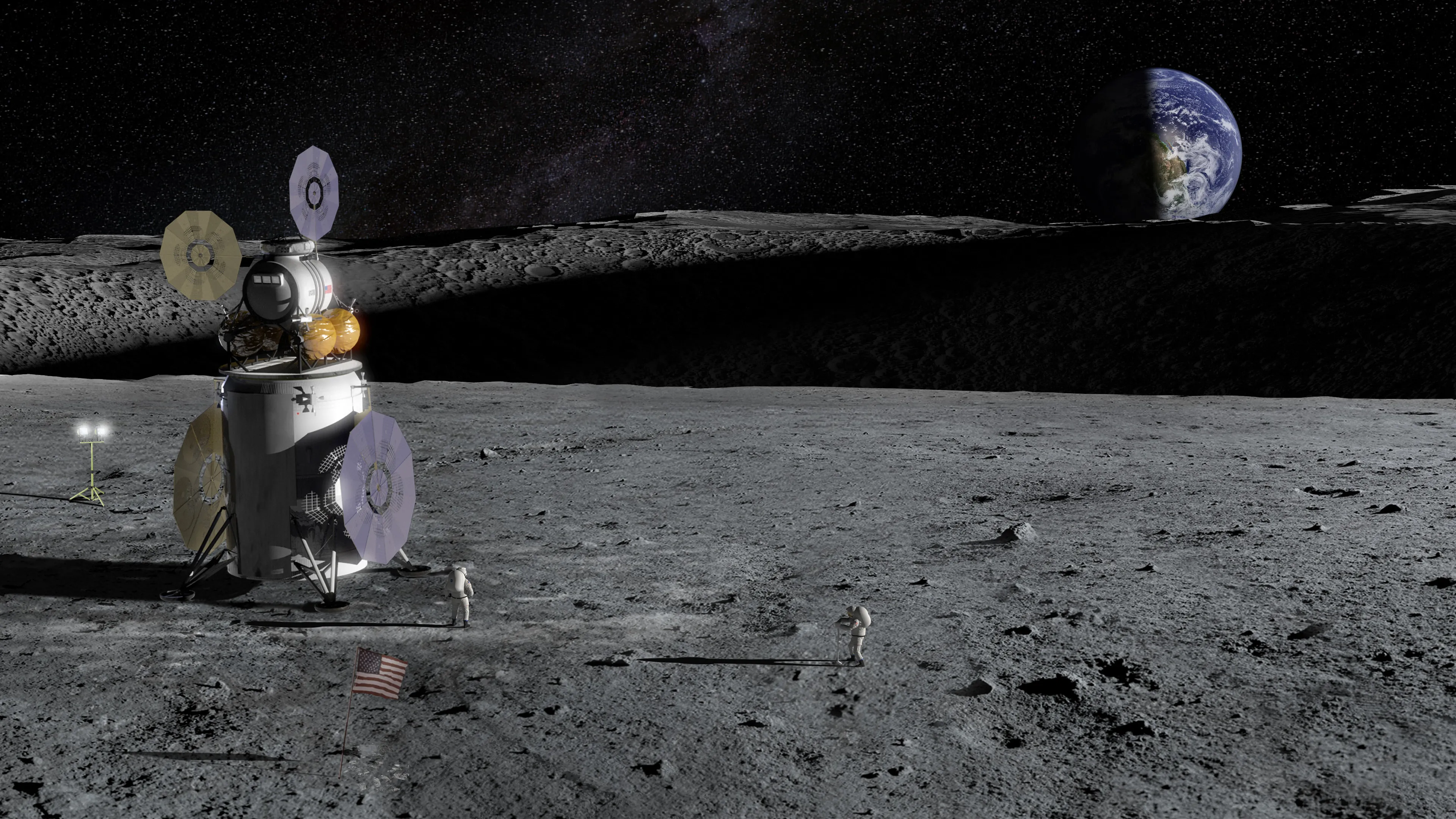
NASA Optical Navigation Tech Could Streamline Planetary Exploration - NASA
In a dim, barren landscape like the surface of the Moon, it can be easy to get lost. With few discernable landmarks to navigate with the naked eye, astronautsRob Garner (NASA)

Bindu Rani Explores Black Holes, Mothers Hard, Balances Life - NASA
Bindu Rani had childhood dreams of flight. Today she lifts her gaze even higher, helping researchers study stars, planets beyond our solar system, and blackMadison Olson (NASA)
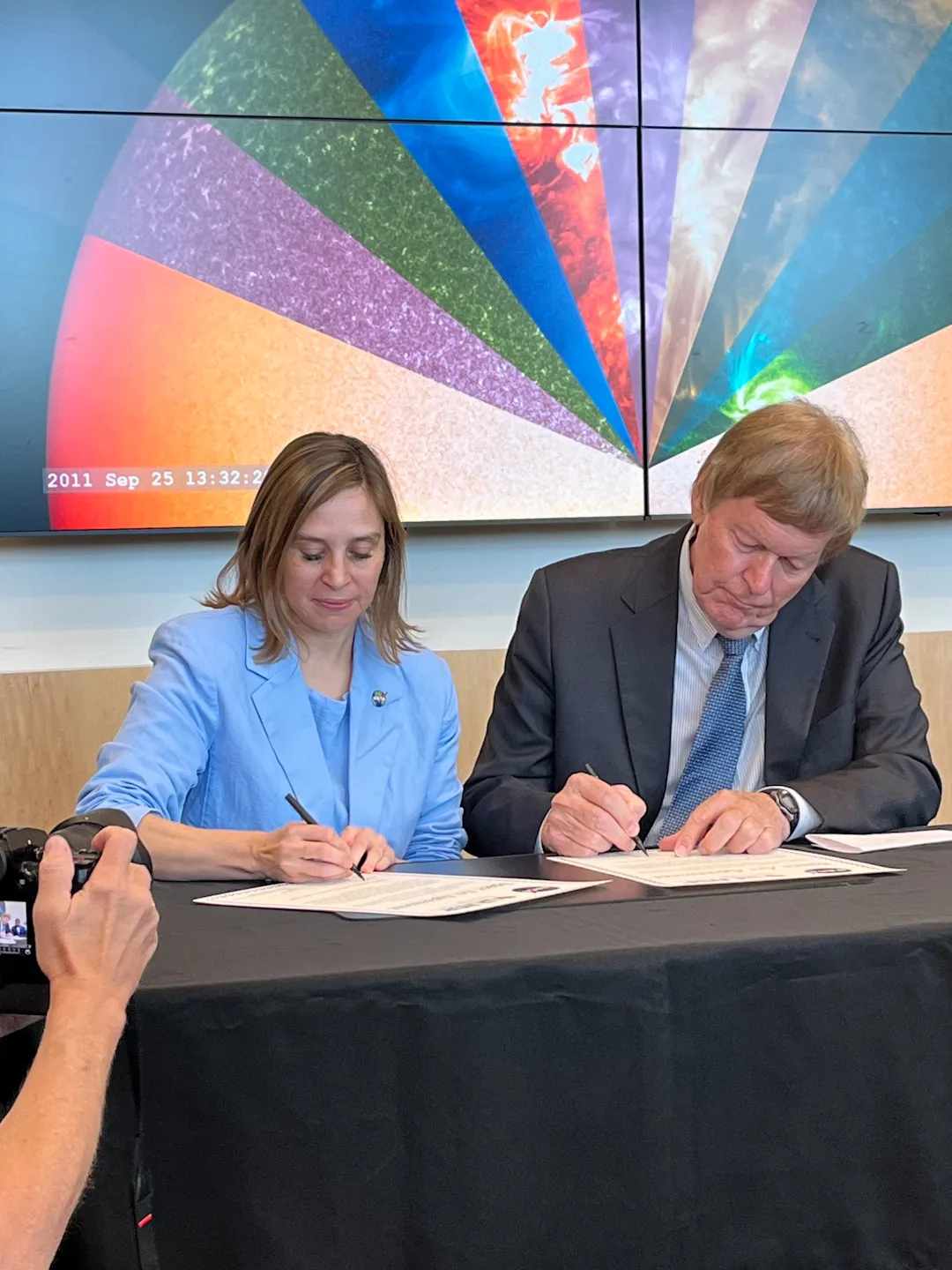
NASA, LASP Sign Agreement To Advance Space Weather Research, Modeling - NASA
NASA’s Goddard Space Flight Center in Greenbelt, Maryland, and the Laboratory for Atmospheric and Space Physics (LASP) at the University of Colorado (CU)Rob Garner (NASA)
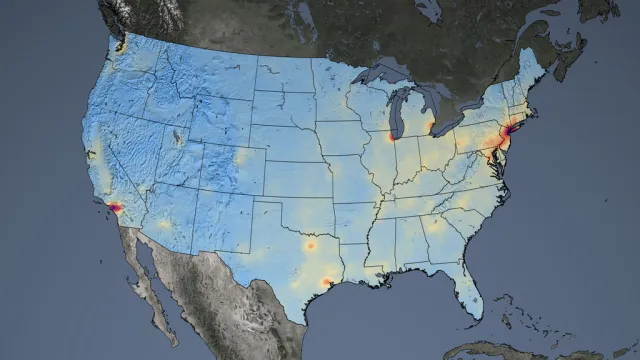
NASA, EPA Tackle NO2 Air Pollution in Overburdened Communities - NASA Science
NASA data about nitrogen dioxide, a harmful air pollutant, is available in EJScreen, EPA’s widely used environmental justice screening and mapping tool.science.nasa.gov
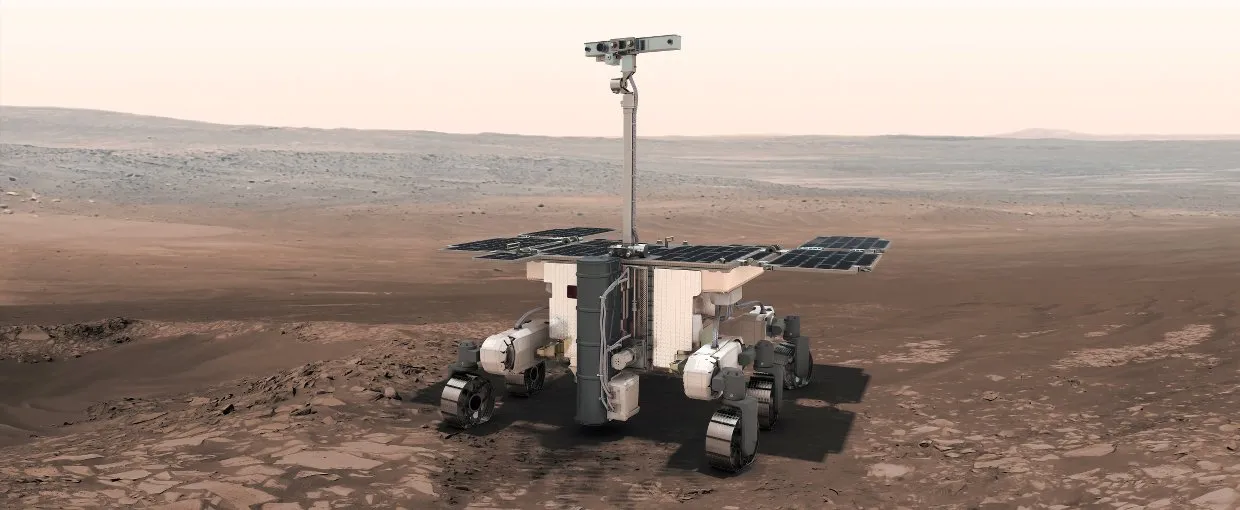
NASA Trains Machine Learning Algorithm for Mars Sample Analysis - NASA
When a robotic rover lands on another world, scientists have a limited amount of time to collect data from the troves of explorable material, because of shortRob Garner (NASA)
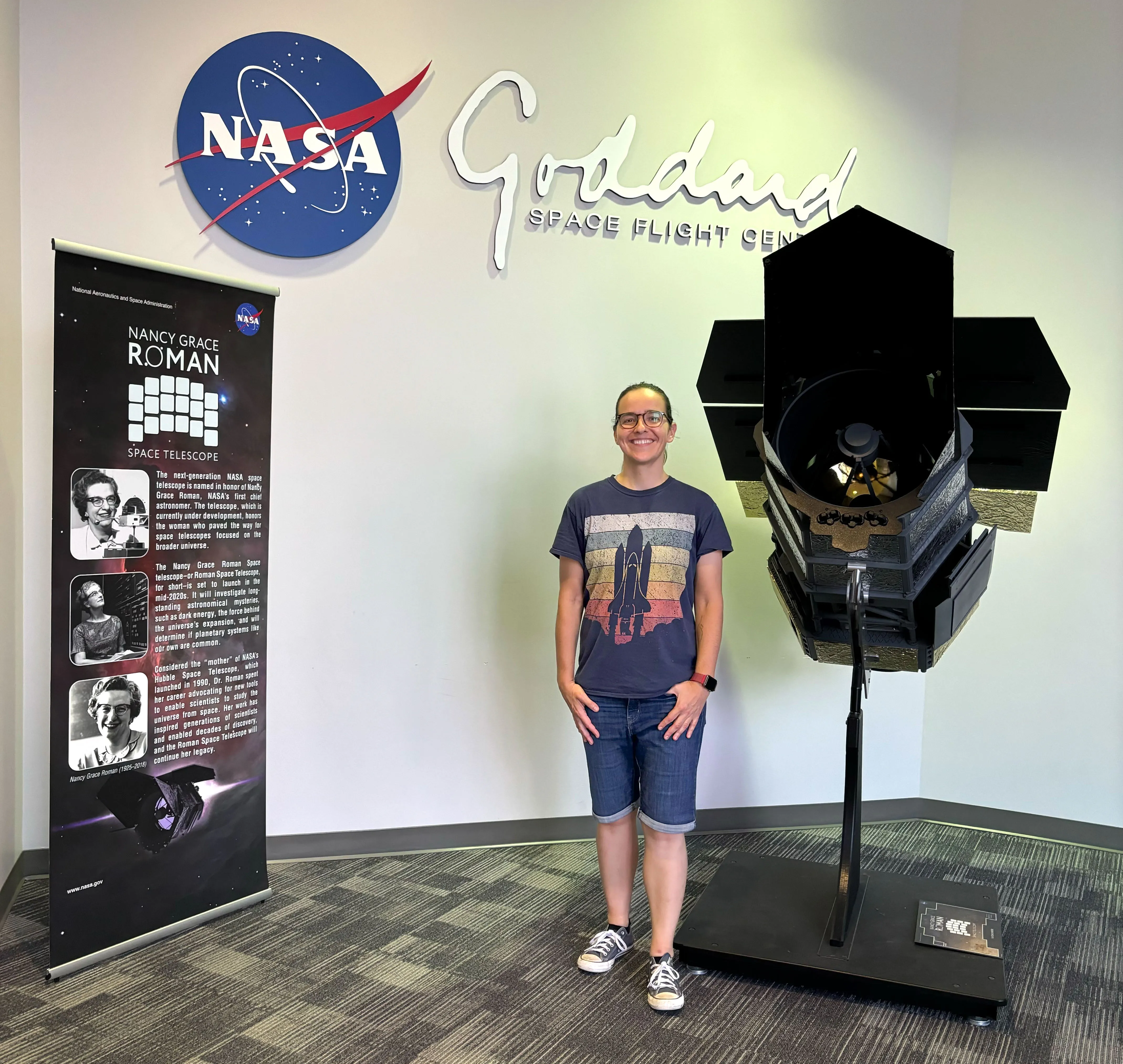
There Are No Imaginary Boundaries for Dr. Ariadna Farrés-Basiana - NASA
Dr. Ariadna Farrés-Basiana would look up at the sky and marvel at the immensity of space when she was younger. Now, the bounds are limitless as she helps NASAMadison Olson (NASA)
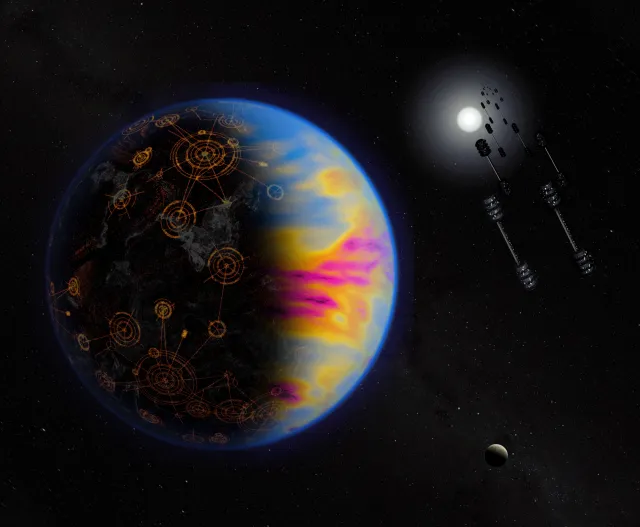
NASA Scientists on Why We Might Not Spot Solar Panel Technosignatures - NASA Science
Extraterrestial civilizations using solar power may be hard to find because they could have modest energy needs.science.nasa.gov

Hubble Spies a Diminutive Galaxy - NASA Science
This NASA/ESA Hubble Space Telescope image reveals the subtle glow of the galaxy named IC 3430, located 45 million light-years from Earth in the constellation Virgo.science.nasa.gov
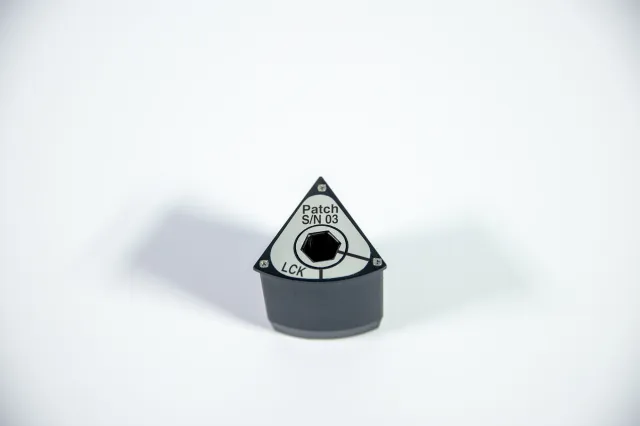
Repair Kit for NASA’s NICER Mission Heading to Space Station - NASA Science
NASA will deliver a patch kit for NICER (Neutron star Interior Composition Explorer), an X-ray telescope on the International Space Station, on the agency’s Northrop Grumman 21st commercial resupply mission.science.nasa.gov
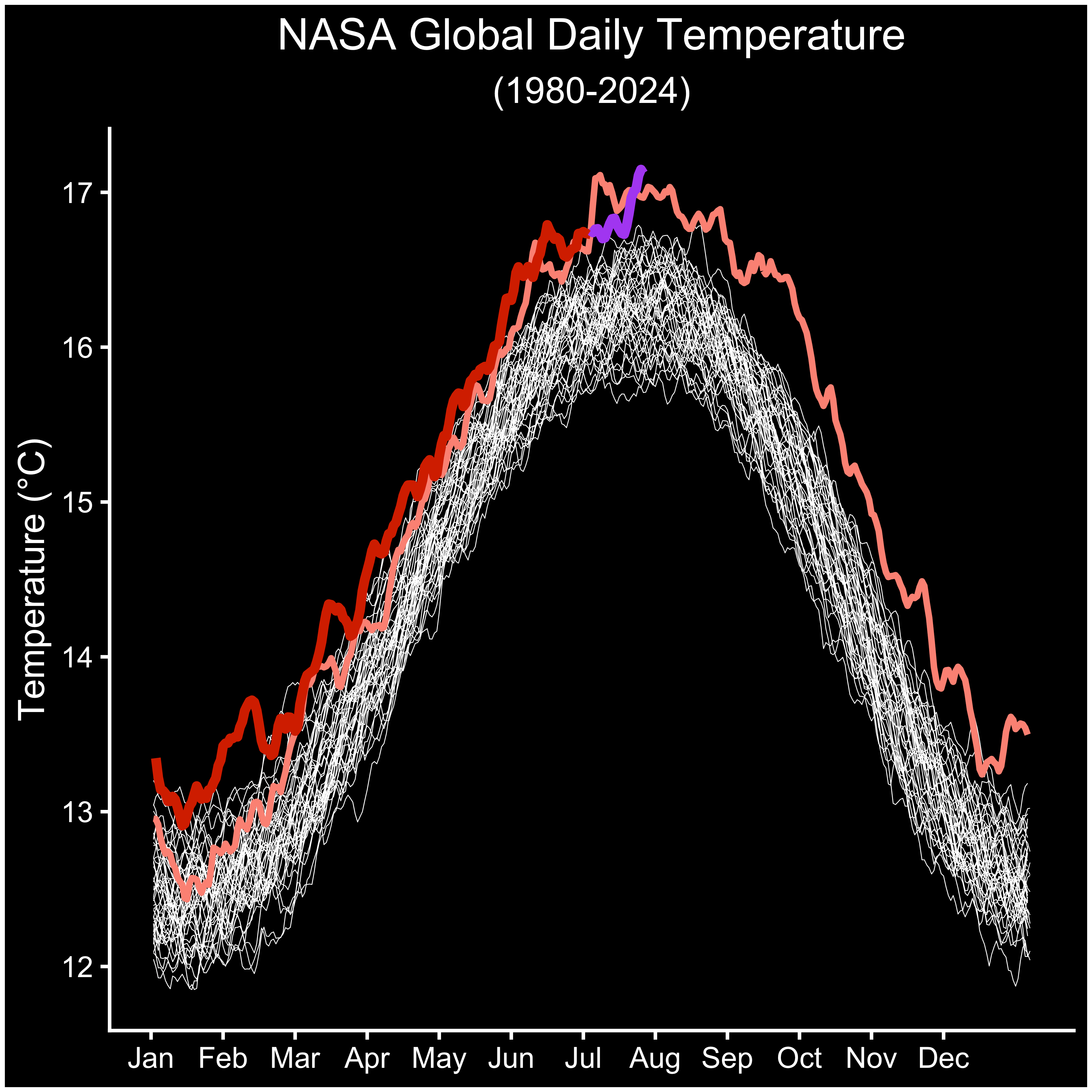
NASA Data Shows July 22 Was Earth’s Hottest Day on Record - NASA
July 22, 2024, was the hottest day on record, according to a NASA analysis of global daily temperature data. July 21 and 23 of this year also exceeded theJennifer R. Marder (NASA)
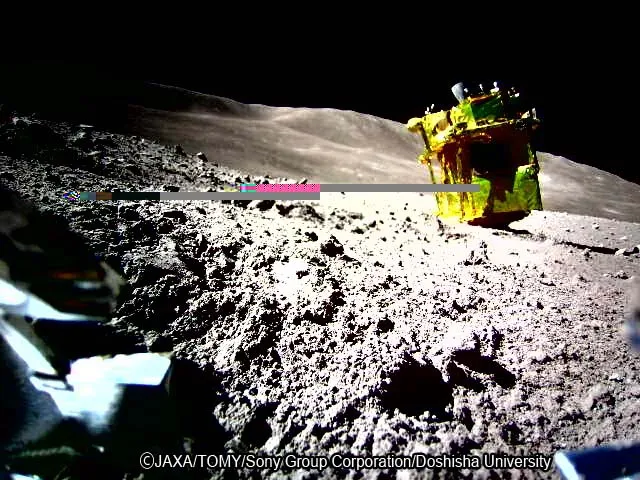
NASA, JAXA Bounce Laser Beam Between Moon’s Surface and Lunar Orbit - NASA Science
NASA’s Lunar Reconnaissance Orbiter has twice transmitted a laser pulse to a cookie-sized retroreflector aboard JAXA’s (Japan Aerospace Exploration Agency) SLIM lander on the Moon and received a return signal.science.nasa.gov

NASA Returns to Arctic Studying Summer Sea Ice Melt - NASA
What happens in the Arctic doesn’t stay in the Arctic, and a new NASA mission is helping improve data modeling and increasing our understanding of Earth'sCharles G. Hatfield (NASA)

Hubble Images a Classic Spiral - NASA Science
This NASA/ESA Hubble Space Telescope image treats viewers to a wonderfully detailed snapshot of the spiral galaxy NGC 3430 that lies 100 million light-years from Earth in the constellation Leo Minor.science.nasa.gov
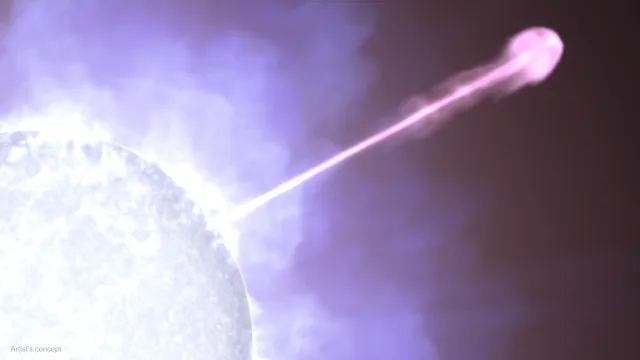
NASA’s Fermi Finds New Feature in Brightest Gamma-Ray Burst Yet Seen - NASA Science
In October 2022, astronomers were stunned by what was quickly dubbed the BOAT — the brightest-of-all-time gamma-ray burst (GRB).science.nasa.gov
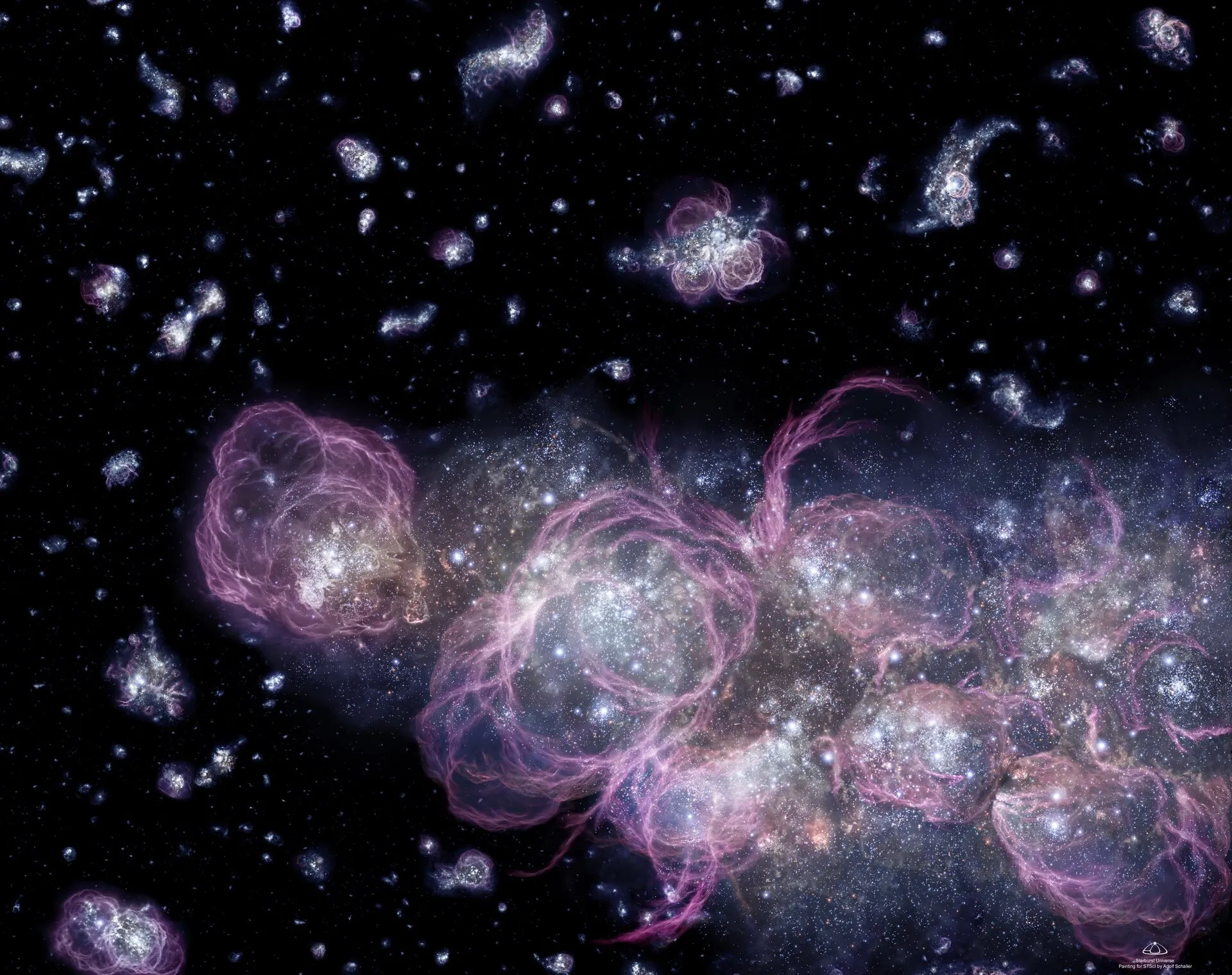
How NASA’s Roman Space Telescope Will Illuminate Cosmic Dawn - NASA
Today, enormous stretches of space are crystal clear, but that wasn’t always the case. During its infancy, the universe was filled with a “fog” that made itAshley Balzer (NASA)

Former Space Communications, Navigation Interns Pioneer NASA’s Future - NASA
For over a decade, NASA’s SCaN (Space Communications and Navigation) Internship Project alumni have played important roles in extending the agency’s long-termKatherine Schauer (NASA)
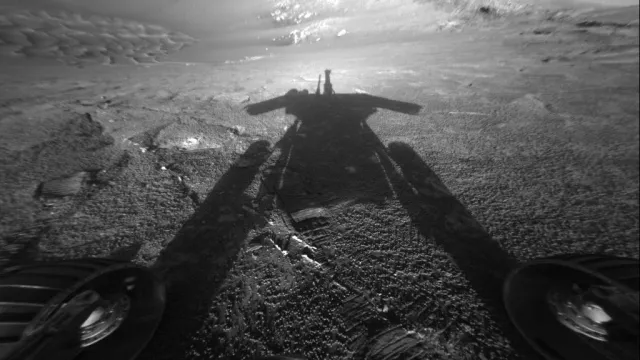
10 Things for Mars 10 - NASA Science
Scientists from around the world are gathering this week in California to take stock of the state of science from Mars. Here are 10 recent significant events that got scientists talkingscience.nasa.gov
